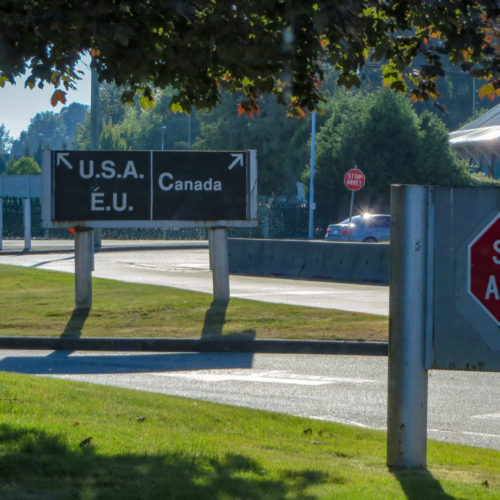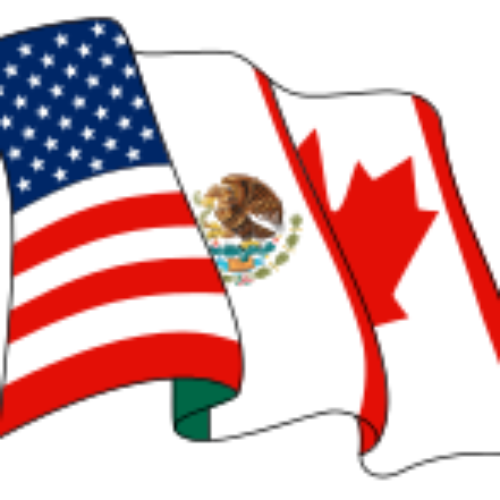U.S.-Canadian border reopening offers hope to local communities
This article appears in the 2021-22 edition of Perspectives.

Credit: Adobe Stock
When the United States closed its land border with Canada to nonessential travel in March 2020, the move completely disrupted a way of life for those living in nearby communities. Families were separated, local businesses suffered, and people who had second properties across the border were prohibited from visiting them for over a year.
Although air travel into the United States was never closed to Canadians, the quarantine requirements they faced upon their return to Canada served as an enormous disincentive to fly back and forth across the border. Merchandise truck travel, deemed essential, continued to cross, but border communities could no longer count on consumers and tourists to boost their economies. And the closed border prevented CSG East from holding its planned 2021 Annual Meeting in Toronto. (It has been rescheduled for August 2023.)
The border closure was devastating to Québec’s tourism industry in 2020, with average spending from international tourists in Montréal down over 90 percent, according to Tourism Montréal, a nonprofit. In its more-than-100-year history, the organization had never recorded such record lows for entries at Québec’s borders, at the Montréal-Trudeau airport, and in hotel occupancy rates.
U.S. border states were hit hard as well. Passenger vehicle crossings that fuel Maine’s local economy and sustain the state’s retail and tourism industries averaged a 90 percent monthly decline from March to December 2020. The state typically sends 58 percent of its total exports to the Canadian market; in 2020, exports there fell by 12.9 percent.
In August, the CSG East U.S.-Canada Relations Committee passed a resolution calling for the border to reopen safely — something that New York Assemblyman Billy Jones, the committee co-chair, and his border colleagues had advocated for months. Jones represents New York’s North Country, a region covering seven upstate counties spanning from the eastern shore of Lake Ontario to the western shore of Lake Champlain. Last year, the North Country Chamber of Commerce reported a $310 million decline in tourism and retail spending in the region and a $12 million decrease in sales tax revenue.
To elected officials who represent communities near the U.S.-Canada border, the U.S. government’s recent announcement that it would open the land border in November to those who are vaccinated provides a light at the end of the tunnel.
As of November 8, the United States is requiring proof of vaccination only from international travelers, but the Canadian government still has a testing requirement in place for visitors to Canada and Canadians returning home, with no end in sight. Regulations require visitors to show proof of vaccination and a negative COVID-19 test taken within 72 hours of the trip, according to the North Country Chamber of Commerce.
Jones is hopeful. “So many families have been separated due to this border closure, and so many local businesses have missed their Canadian customers; it is well beyond time that they be reunited.” He added that people who own second properties on the other side of the border can finally return to them after more than 19 months. “The border closure was more than just an inconvenience for border communities like ours. The closure completely disrupted our way of life, and I look forward to welcoming our northern neighbors back to the North Country.”




